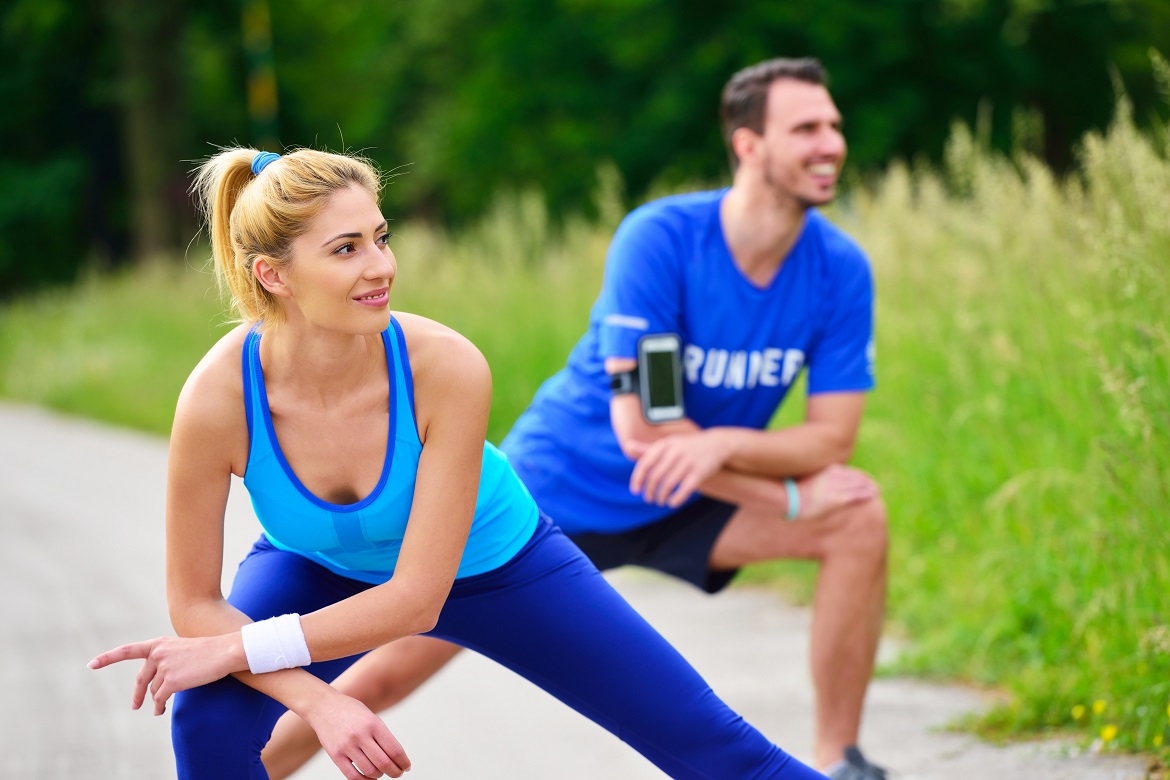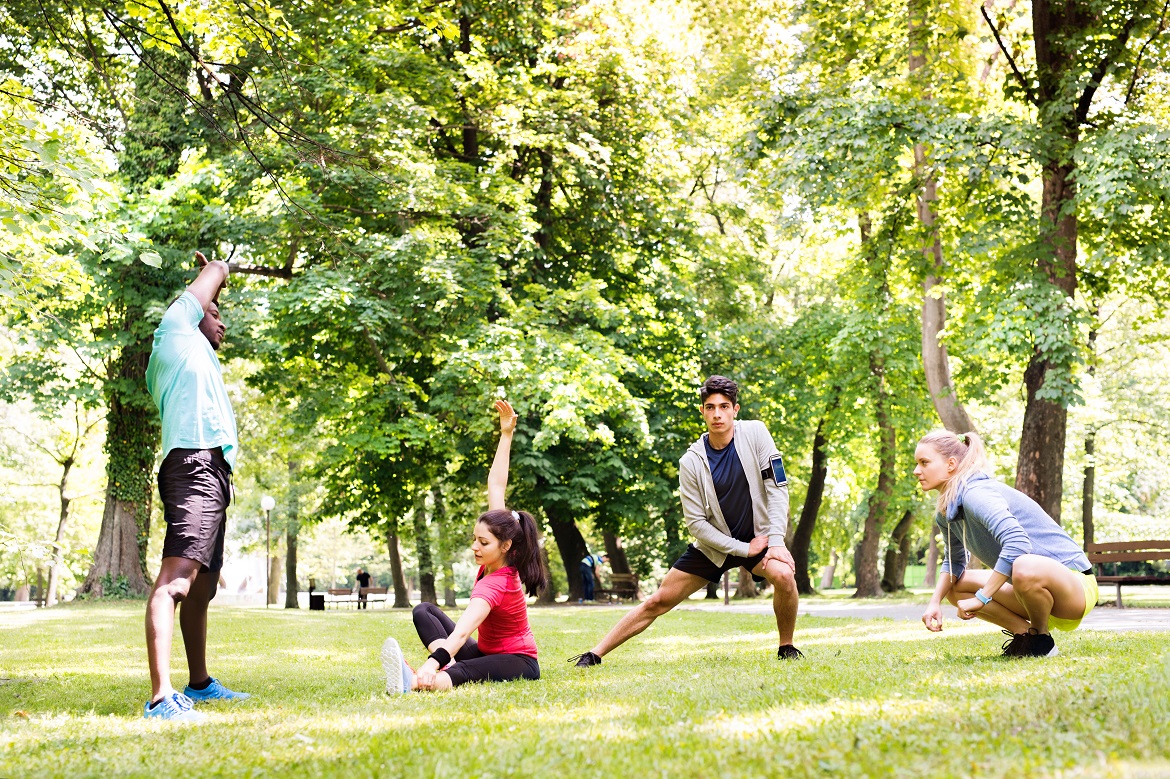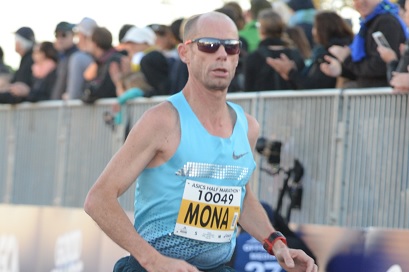Welcoming 2nu, the official sunglasses of the Gold Coast Marathon presented by ASICS
2nu joins the Gold Coast Marathon presented by ASICS as the official sunglasses.

Words: Steve Moneghetti
A proper warm up before and cool down after activity are both very important to maximise performance and enhance recovery and you should view them as an integral part of your training sessions and races.
The purpose of warming up for any sport, including running, is to prepare the body both physically and mentally for the training session or competition to follow.
Slow running is a sensible way to prepare the muscles and cardiovascular system for faster running.
The warm-up should still begin with some five to ten minutes of cardiovascular activity to raise your core body temperature, increase your heart rate and get the blood flowing to the working muscles.
Activities such as leg swings, arm swings, sideways and backwards running, skipping, body weight squats, lunge walks and calf walks are all good ways to limber up and reduce stiffness in a more dynamic fashion.
Technique drills such as high knees and star jumps help to improve your neuromuscular co-ordination, ankle/knee/hip strength, balance and body awareness.
Aim to complete three to six runs over about 50m as a final preparation for the session proper or race begins. Focus on your form (tall, strong, relaxed and smooth).

A proper warm up before and cool down after activity are both very important to maximise performance and enhance recovery.
You can intersperse the dynamic exercises or even some very light stretching if you feel the need with the periods of easy jogging so it becomes continuous and active.
And never underestimate the importance of the cool down.
In just the same way you never see a thoroughbred stop just after the winning post or a 1500 metre swimmer will have a 200m swim between his race and the medal presentations, an active cool down for runners is important to bring your heart rate back down gradually.
Five to ten minutes of walking and jogging will reduce the chances of dizziness or fainting caused by blood pooling in the extremities.
This continuous submaximal activity will also promote the removal of metabolites, such as lactate, produced during exercise and can reduce the muscle soreness often experienced 24 – 72 hours after a hard session or race.
The cool down can be completed with a period of static stretching. Static stretching is more appropriate during the cool down due to its relaxation effect on the muscles.

Steve is a four-time Olympian, Commonwealth Games gold medalist, Chef de Mission and Gold Coast Marathon ambassador.
RUNNERS. TAG YOUR PHOTOS WITH #GCM24